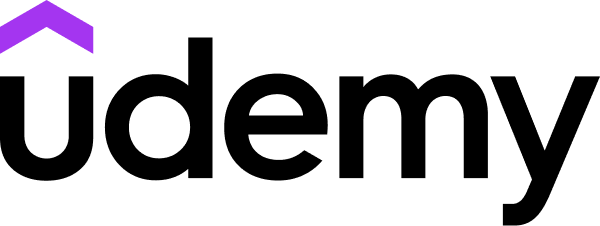LinkedIn Learning
Free Trial Available
English
Certificate Available
6 hours worth of material
selfpaced
Overview
Learn how the free, open source, Robot Framework test automation platform can make test automation easier, faster, and more effective than creating a custom test automation framework.
Get a comprehensive introduction to Robot Framework, a free, open source, keyword-driven test automation framework. In this course, instructor Bryan Lamb helps you discover how you can use this easy and powerful test automation tool to automate software tests quickly and easily. After a detailed installation section, Bryan shows you how to create your very first Robot Framework script in just minutes, and then demonstrates several options for running it, including via PyCharm, Windows command line, and the Jenkins CI platform. He then walks you through the process of how to make your script more readable by incorporating variables, custom keywords, and page objects. Finally, he provides hands-on walkthroughs of several of the most popular Robot Framework libraries.
Get a comprehensive introduction to Robot Framework, a free, open source, keyword-driven test automation framework. In this course, instructor Bryan Lamb helps you discover how you can use this easy and powerful test automation tool to automate software tests quickly and easily. After a detailed installation section, Bryan shows you how to create your very first Robot Framework script in just minutes, and then demonstrates several options for running it, including via PyCharm, Windows command line, and the Jenkins CI platform. He then walks you through the process of how to make your script more readable by incorporating variables, custom keywords, and page objects. Finally, he provides hands-on walkthroughs of several of the most popular Robot Framework libraries.
Syllabus
Introduction
- About me
- Overview of Robot Framework
- Demo
- What is a test automation framework?
- Origin and history
- Features and capabilities
- Robot Framework vs. Selenium
- Installation overview
- Command line and path basics
- Install Python and pip
- Install Robot Framework and SeleniumLibrary
- Install desired browsers
- Install WebDrivers
- Install PyCharm IDE and Robot plugin
- Create base scripts directory and project
- Navigating and searching your script files
- Overview
- Organizing your project files
- Sections of the script file
- Selenium2Library vs. SeleniumLibrary
- Write test steps, part 1
- An important IE precondition setting
- Run the script on different browsers
- Examine the great results files
- Write test steps, part 2
- Locators primer: Interact with web controls
- Overview
- New term: Robot vs. pybot
- Running from PyCharm
- Running from a command window
- Running from a batch file
- Running from the Task Scheduler
- Running on SauceLabs.com browsers
- Running and scheduling from Jenkins
- Running multiple suites
- Running a single test case
- Advanced run options
- Overview
- Preview of final solution
- Style: Procedural vs. Gherkin
- Introducing user-defined keywords
- Break the script into keywords
- Moving keywords to resource files
- Adding setup and tear down
- Overview of page objects
- Demo: Create a page object
- Increase readability using Gherkin
- Overview
- Preview of final solution
- Scalar variables
- List variables
- Variable scope
- Passing variables to keywords
- Modify your project with variables
- Supply script input data at runtime
- Overview
- Refactoring page object locators
- Adding quotes for clarity
- Overview
- Part 1: You do it
- Part 1: I do it
- Part 2: You do it
- Part 2: I do it
- Part 3: You do it
- Part 3: I do it
- Overview
- BuiltIn: Log, verifications, repeat
- Dialogs: Pause for manual steps and data entry
- OperatingSystem: Folders and files
- Database: MS SQL and MySQL
- API
- XML
- SeleniumLibrary
- String
- Next steps
Taught by
Bryan Lamb


